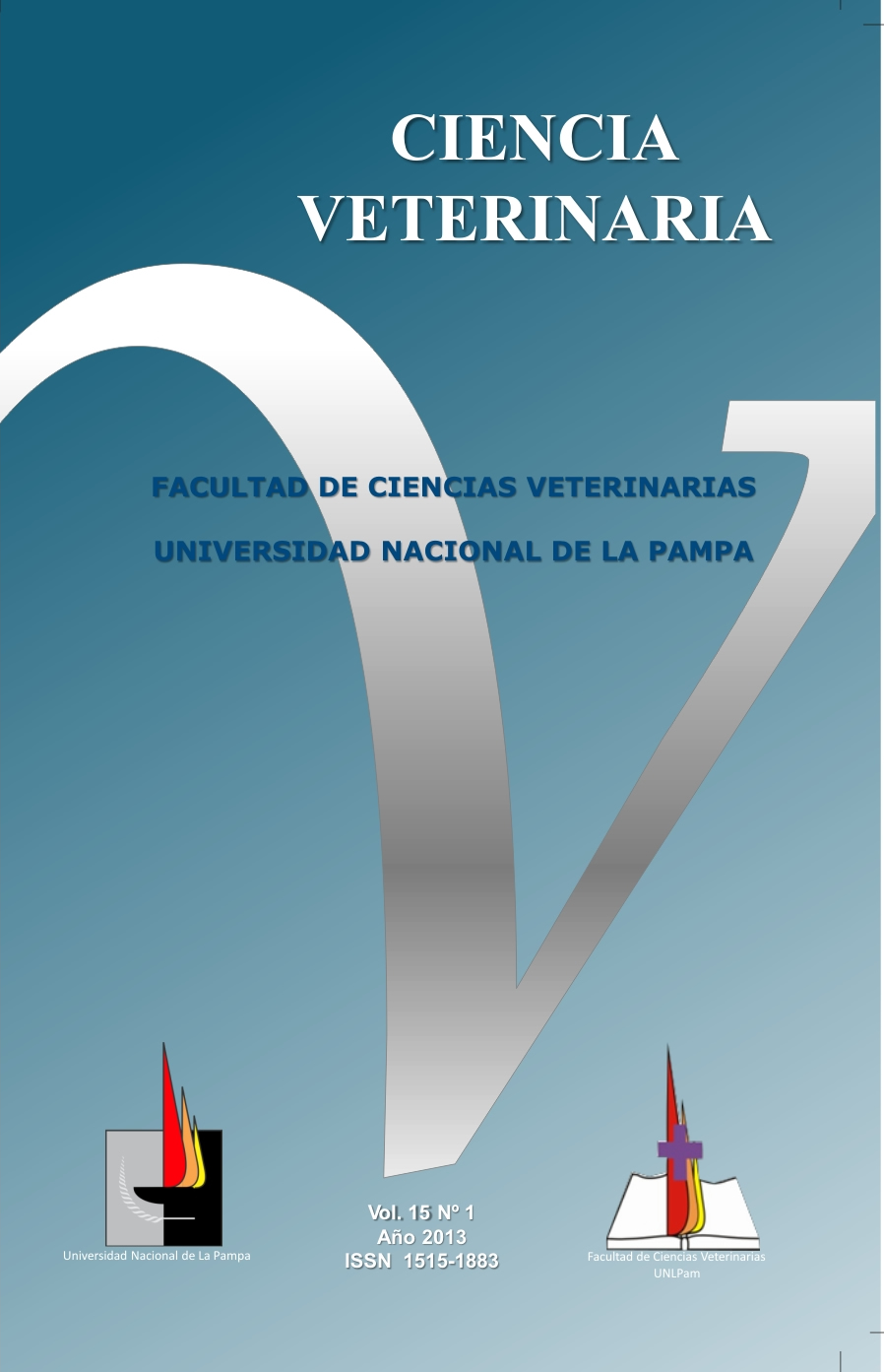Comparative structural analysis of dairy sub regions pampeanas
Keywords:
Structure, Dairy subregionsAbstract
The dairy region of La Pampa is divided into three subregions (north, center and south) with different agro-ecological and technological features. These differences warrant a detailed study to differentiate the characteristics of their production systems. The aim of this study was to compare each other's holdings of the three Pampeanassubregions analyzing structural features in order to get a detailed report of the situation to detect strengths and weaknesses, differences and similarities that allow to implement further actions to improve the primary provincial diary sector in an effective and selective way. It was used a stratified random sampling design in districts with proportional allocation, according to the methodology proposed by FAO (Food and Agriculture Organization). The information was collected in 2011 through 56 surveys carried out directly to the producers. 37 variables were analyzed and it was concluded that the Central subregion is the one with the largest diversification into other productions such as agriculture. There is great difference in the size of the farms within each subarea. The central and southern subregions have low stocking rate.The pastoral base of food plus the supplementation of concentrates, pasture rolls and corn silage identify semipastoriles systems prevailing in the Pampeana regions (80%), however the degree of intensification in grazing management and supplements opens a big variety of possibilities with dairy farms that are closer to the stabled and others to the purely pastoral.Downloads
Downloads
Published
How to Cite
Issue
Section
License
Al momento de enviar sus contribuciones, los colaboradores deberán declarar , de manera fehaciente, que poseen el permiso del archivo o repositorio donde se obtuvieron los documentos que se anexan al trabajo, cualquiera sea su formato (manuscritos inéditos, imágenes, archivos audiovisuales, etc.), permiso que los autoriza a publicarlos y reproducirlos, liberando a la revista y sus editores de toda responsabilidad o reclamo de terceros , los autores deben adherir a la licencia Creative Commons denominada “Atribución - No Comercial CC BY-NC-SA”, mediante la cual el autor permite copiar, reproducir, distribuir, comunicar públicamente la obra y generar obras derivadas, siempre y cuando se cite y reconozca al autor original. No se permite, sin embargo, utilizar la obra con fines comerciales.



4.png)


7.png)



